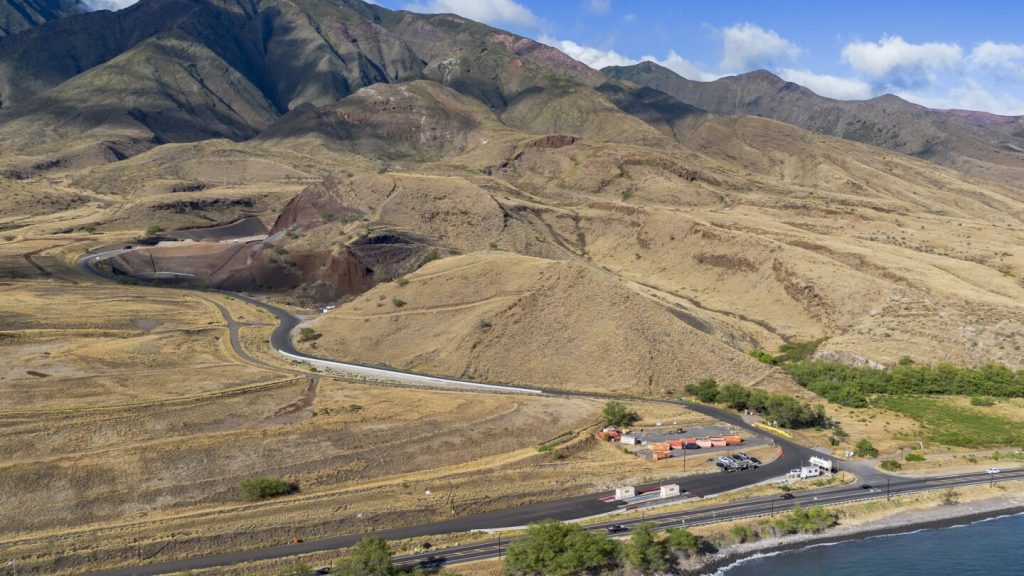The Olowalu ahupuaa in Maui, Hawaii, has been home to Hinano Rodrigues and his ancestors for generations, where they lived off the land and sea using a Native Hawaiian system of land division. However, the area is now home to a temporary landfill being used to store debris from a deadly wildfire that devastated Lahaina, destroying thousands of buildings and claiming many lives. The landfill contains enough refuse to cover five football fields five stories high, including soil contaminated with lead and arsenic. This has sparked a legal battle over whether the site is truly temporary and where the debris might eventually be relocated.
Dealing with debris after large wildfires is always a significant logistical challenge. In the aftermath of the Camp Fire in Paradise, California, it took over 300,000 truckloads to transport debris to separate landfills over the course of a year. On Maui, the process has been much slower due to environmental concerns, clearing destroyed lots, worries about cultural sites and disputes over a permanent site for the debris. The temporary landfill in Olowalu is a former quarry on state-owned land, conveniently located near Lahaina for storing the debris. Officials believe that precautions taken at the site will prevent contamination from spreading.
Concerns have been raised about the proximity of the Olowalu landfill to a coral reef, with fears of an ecological disaster if pollution reaches the water. Additionally, the operation of the site threatens sacred Hawaiian shrines, altars, and ancient burial sites according to a lawsuit filed by local residents. Maui County is now seeking to seize a privately owned former quarry across the island to use as a permanent landfill, prompting another legal battle with the landowner who does not want to relinquish the property. The county’s move to seize the land was prompted by the possibility of FEMA covering tipping fees for disposing of the Lahaina debris.
Manoa Ka’io Martin and Eddy Garcia, two plaintiffs in the lawsuit, dropped their legal action after the announcement of plans for a permanent site in central Maui. However, uncertainties remain about the eventual relocation of the debris if the court blocks the county from seizing the land. Concerns have also been raised about the presence of ashes or bones of fire victims among the debris, adding another layer of complexity to the situation. Some residents prefer to keep the debris nearby, while others advocate for shipping it out of state to protect Maui’s environment and finite land resources.
The issue of debris management in Olowalu highlights the delicate balance between environmental concerns, cultural preservation, and public health and safety. Local officials have consulted with archaeologists and historic advisors to assess the impact on cultural sites and burial grounds, but challenges remain in finding a suitable relocation site for the debris. As the legal battles continue and community members express their concerns, the future of the debris from the Lahaina wildfire remains uncertain. The residents of Olowalu, like Hinano Rodrigues, continue to navigate the complexities of preserving their ancestral lands while dealing with the aftermath of a devastating natural disaster.


